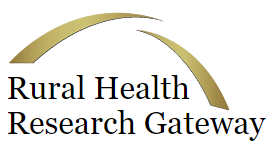December 2, 2024

Peer-Reviewed Publication: Study Finds that Improving Pediatric Emergency Care Could Save More than 2,100 Children’s Lives Annually
During medical emergencies, children have distinct needs. But 83% of emergency departments nationwide are not highly prepared to meet those needs. The new study, in JAMA Network Open, found that bridging that gap, known as having high levels of “Pediatric Readiness” could prevent the deaths of 2,143 children each year while costing between $0 and $12 per child resident, depending on their state.
The study underscores the importance of MCHB’s partnership in two initiatives, known as the Pediatric Readiness Projects. These projects support the nation’s 5,000+ emergency departments and 15,000+ emergency medical services agencies in improving pediatric emergency care. Data from a recent national emergency department assessment were the foundation for this study.
Click Here to Learn More about Pediatric Readiness Projects
Click Here to Read Study









